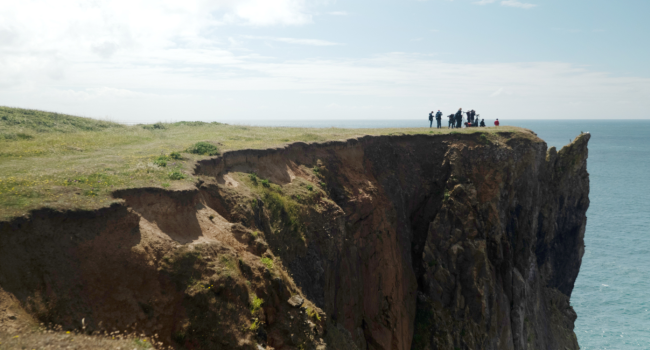Electrical Components Involved in Avian-Caused Outages in Iran
Author(s): Kolnegari, M., Conway, G.J., Akbar Basiri, A., Panter, C.T., Hazrati, M., Rafiee, M.S., Ferrer, M. & Dwyer, J.S.
Published: November 2020 Pages: 15pp
Journal: Bird Conservation International
Digital Identifier No. (DOI): 10.1017/S0959270920000507
Abstract
Avian electrocutions are a global conservation problem. Power outages associated with electrocutions are problematic for electric utilities focused on delivering reliable electric power. We used contextual data, photographs, line voltage, outage type and assessments of power line components to quantify outage-causing avian electrocutions throughout each of Iran’s 31 provinces. We evaluated records of 222 avian-caused outages involving 235 electrocuted birds in 2018. Of these, 14.5% involved species of conservation concern, and a few (at least eight) sparked fires when the plumage of electrocuted birds ignited and fell into dry vegetation. Most avian-caused outages (96%) involved distribution voltages, and 91% involved phase-to-ground contacts attributable to grounded concrete pylons with grounded steel crossarms. These are the most common type of power line structure in Iran. Insulators were involved in 37% of outage-causing avian electrocutions, fused cutouts 29%, transformers 33%, and midspan collisions 1%. Given the numbers of these components in the electrical system, fused cutouts and transformers were involved in more outage-causing avian electrocutions than expected due to chance. The average body size of electrocuted birds was largest for incidents involving suspension insulators, smaller for birds electrocuted on other insulators, and smallest for electrocutions on fused cutouts and transformers. Given that most avian electrocutions do not cause outages and given the similarity across electric systems in the region, our findings likely indicate a much larger avian electrocution concern throughout the middle east. Retrofitting power line components to reduce avian contacts would reduce impacts to wildlife and improve the electrical system’s reliability, reduce costs associated with unplanned outages, and reduce risks associated power line ignitions of fires.
Staff Author(s)







Share this page